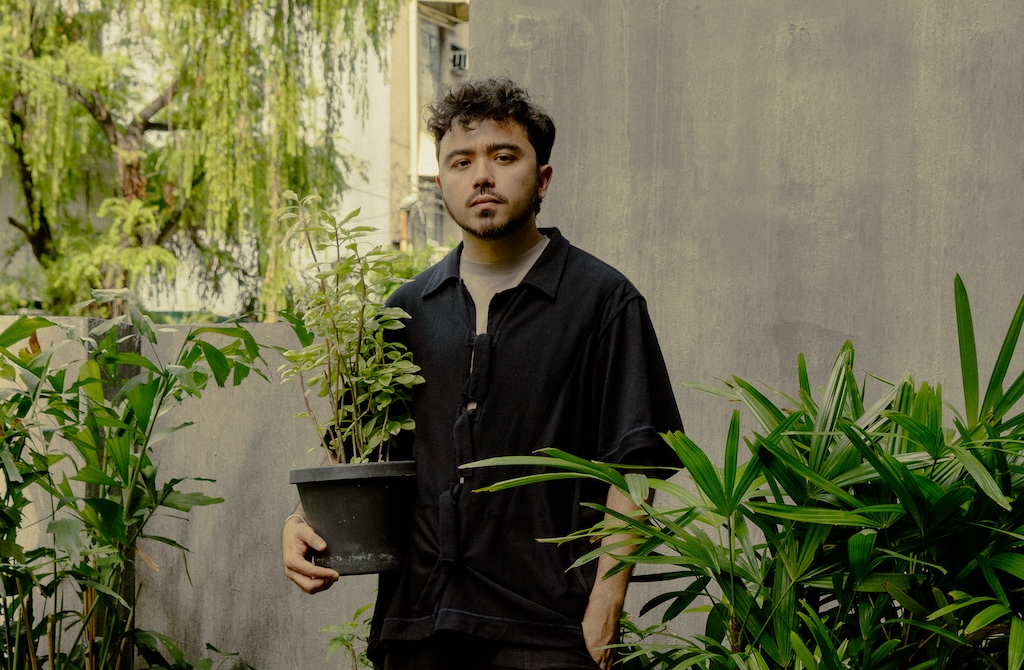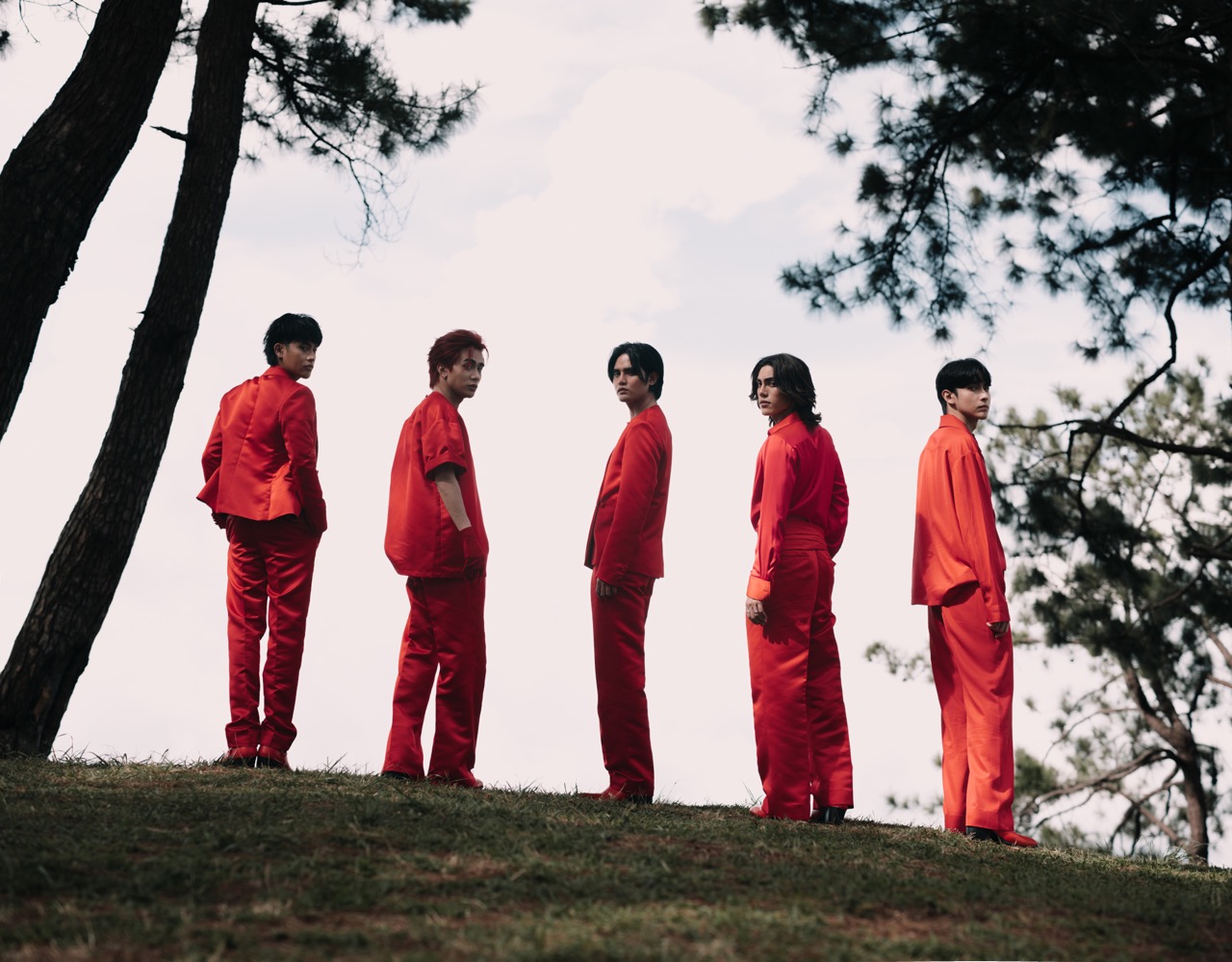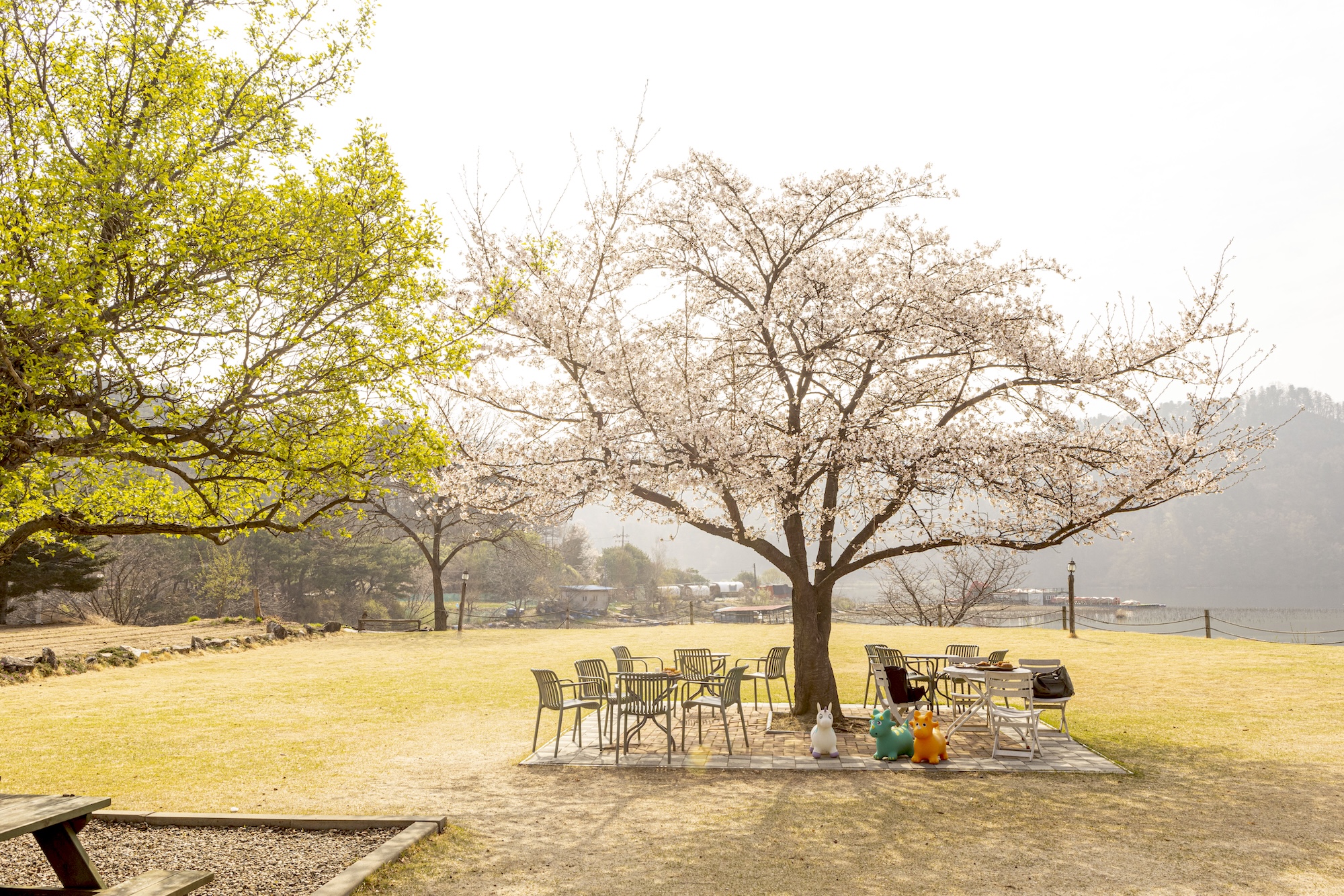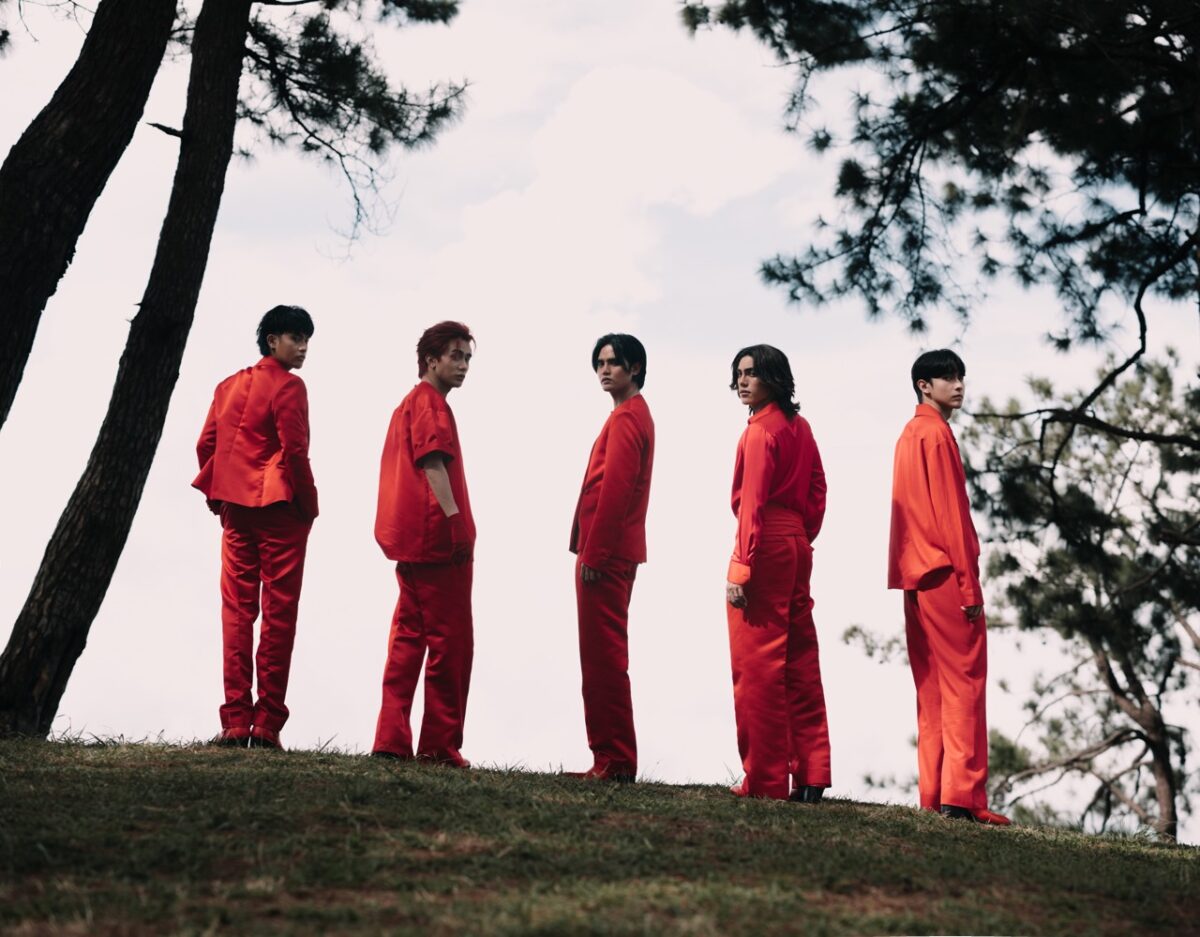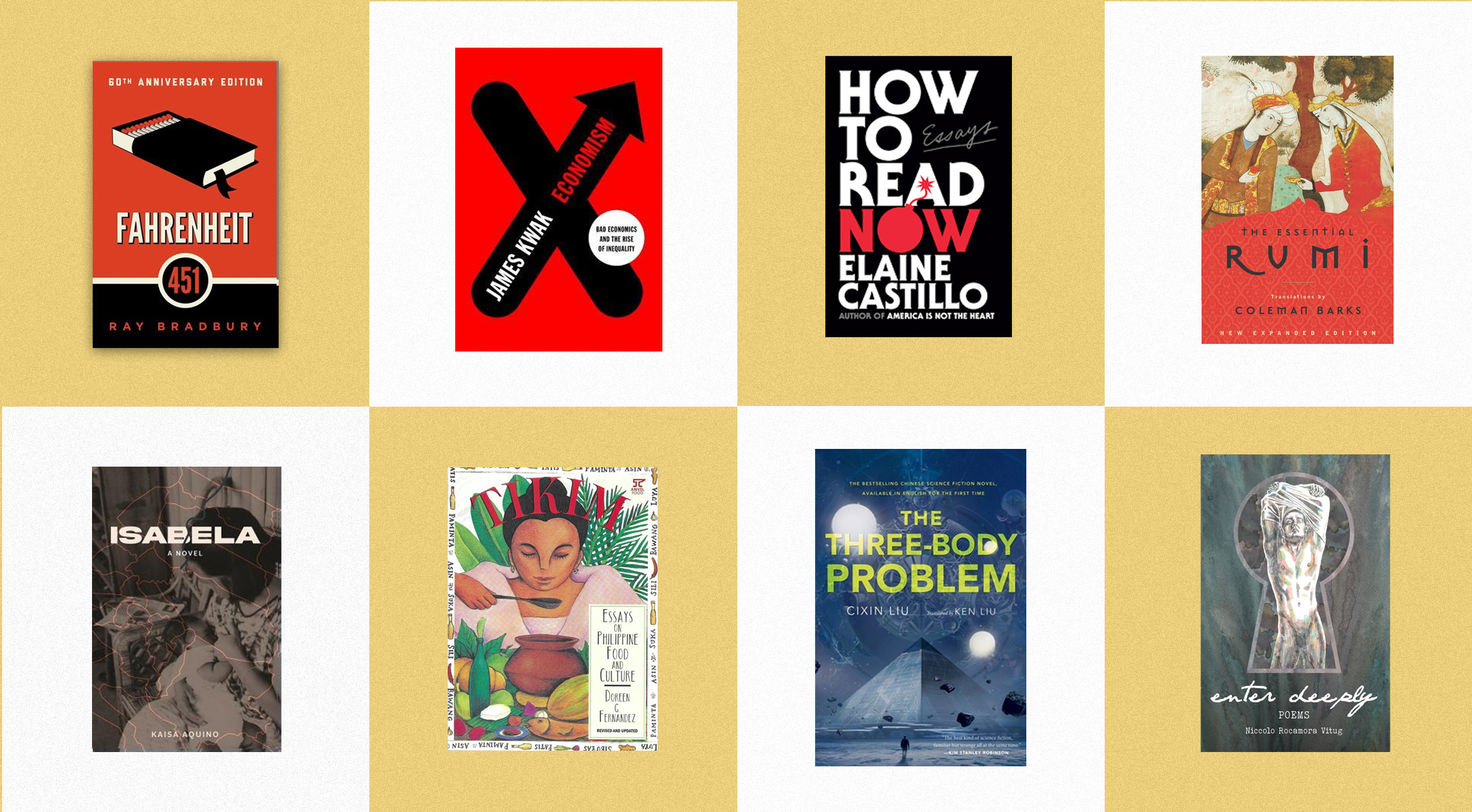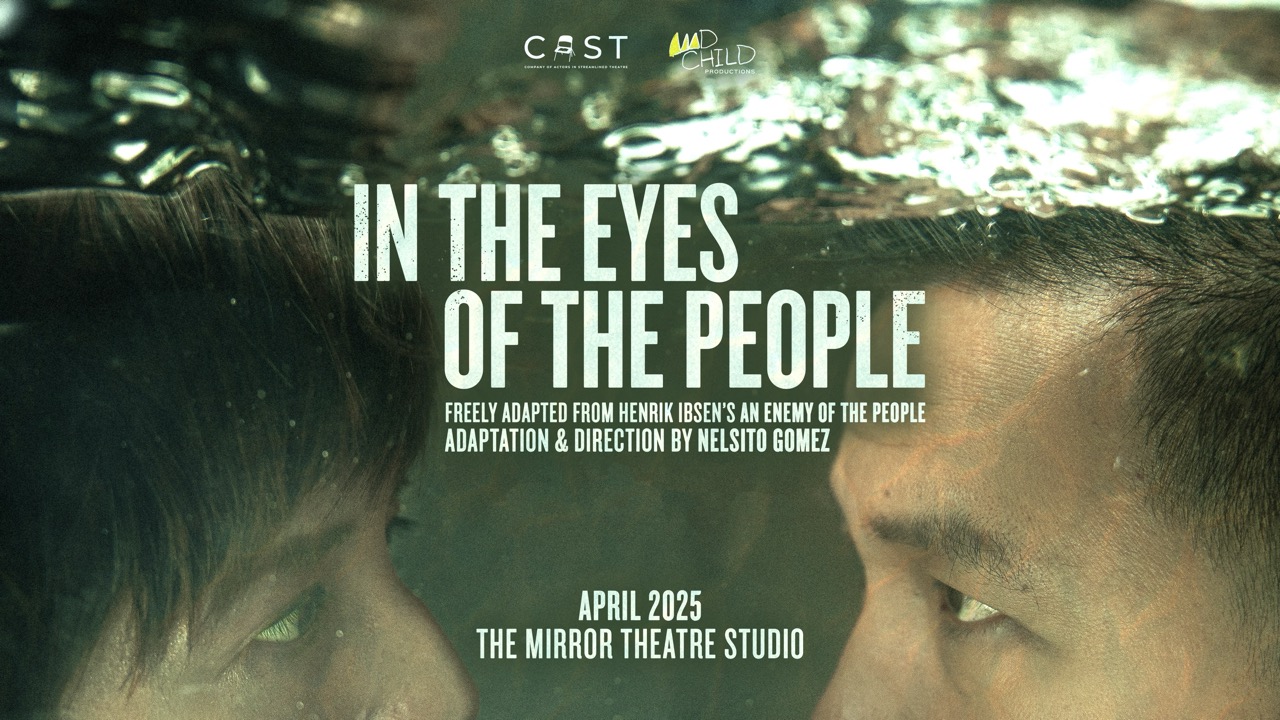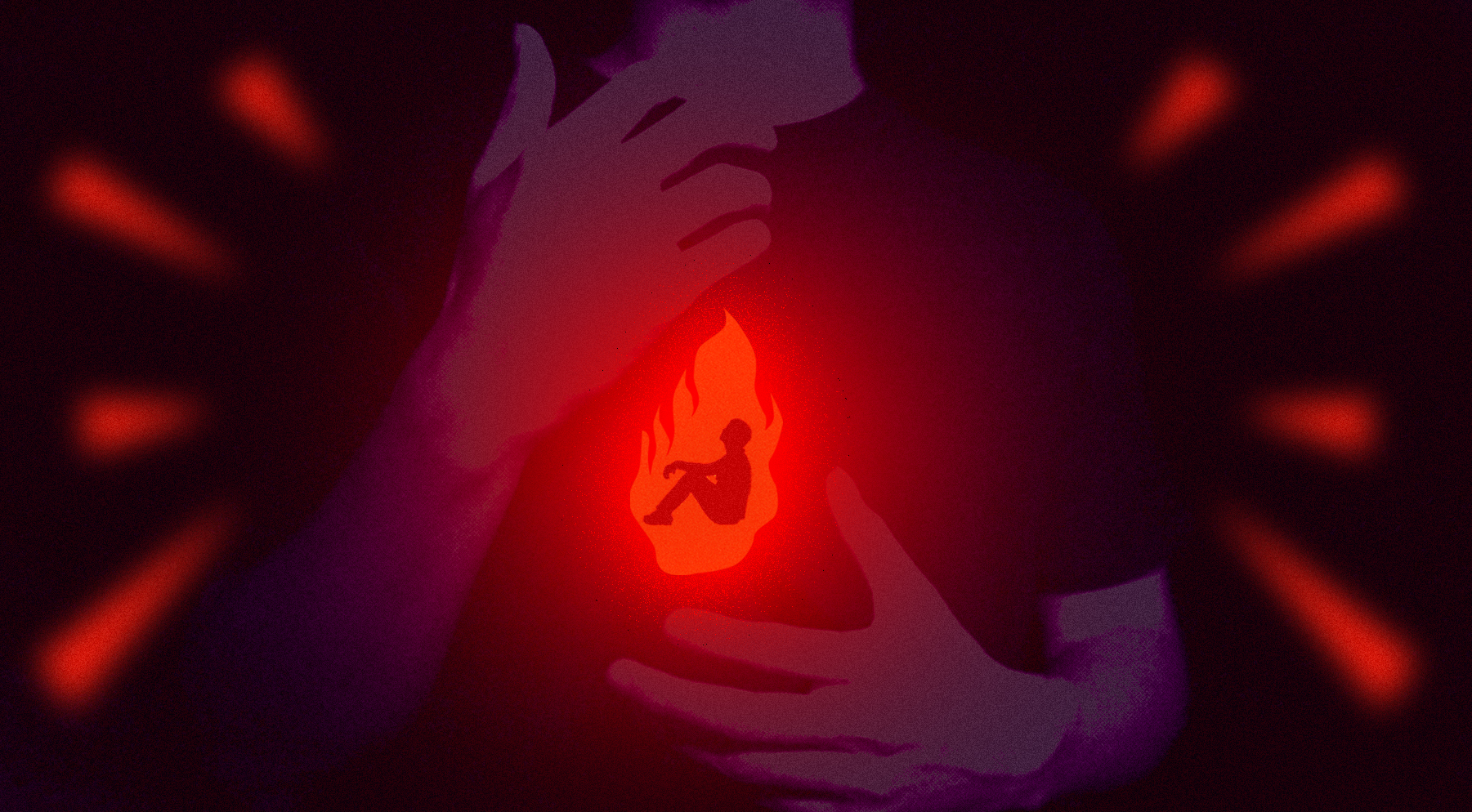Film critic Aaron Hunt on finding Filipino films through Instagram mutuals, being turned down by Mike de Leon, and the ugly side of film distribution
Filipino cinema has earned global attention over the last 10 years. There are the Museum of Modern Art (MoMA) retrospectives, boutique Blu-ray releases, and awards from the three big film festivals (Berlin, Cannes, and Venice). These, however, only spotlight the usual suspects of Philippine cinema: Lino Brocka, Mike De Leon, Lav Diaz, and the like.
But just this May, The Criterion Channel, the library of the streaming arm of the acclaimed home video publisher, Criterion Collection, pushed forward a different side of Philippine filmmaking with the program “When the Apocalypse is Over: New Independent Cinema,” curated by Brooklyn-based Filipino-American critic Aaron E. Hunt.
“When the Apocalypse is Over” contains three feature films and 10 short films from both established and emerging Filipino filmmakers who are playing with form and narrative. The channel also features the Criterion Collection Filipino films restored by Martin Scorsese’s World Cinema Project, “Insiang” and “Manila in the Claws of Light.”
The Criterion Channel is not available in the Philippines, but our US-based kababayans and film enthusiasts on the lookout for new Philippine cinema can enjoy these films that make “innovative use of digital technologies, extreme color grading, and unexpected aspect ratios,” such as the hand-colored “Cleaners” by Glenn Barit, the absurd and newly minted Gawad Urian Best Short Film “Hito” by Stephen Lopez, and the dual-screen horror short “Dikit” by Gabriela Serrano.
“Conventional channels of Western distribution and programming or whatever will always be lagging decades behind the times in terms of what they’re able to show of films beyond the West.”
—Aaron Hunt
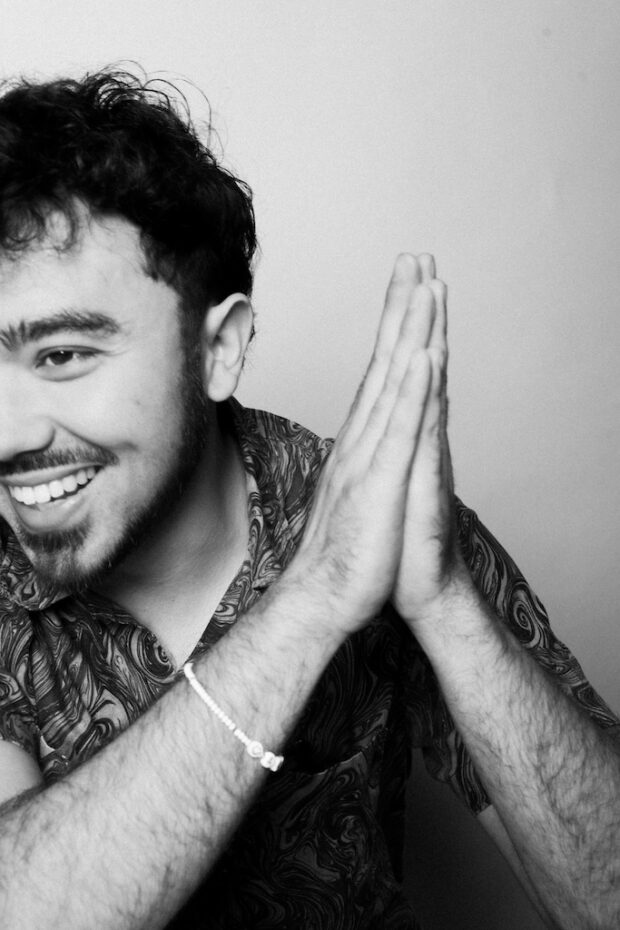
This is Hunt’s second work for The Criterion Channel. He previously helped curate the short film program “Who Will Start Another Fire?” by the distribution initiative Dedza films, where he was vice president.
The program has also been screened in theaters in the US, such as the Brooklyn Academy of Music (BAM), where other full-length films are paired with short films. It ran for six days. Hunt, who is also a freelance theatrical booker and has helped edit De Leon’s two-volume book “Last Look Back,” hinted that the program will also play in other theaters in the future.
Here, we sat down with Hunt to talk about his roots as a film critic, formative films, getting rejected by De Leon, and how he ended up programming a whole slate of Filipino films for US audiences.
The interview has been edited for clarity.
Have you always watched movies growing up?
Yeah, I guess it was a fairly big thing for my family. I watched films like average working-class American families in the Midwest.
What kind of movies?
Mostly mainstream stuff, comedies. My dad grew up in a Black American family. He’s Filipino but adopted. So a lot of it was popular Black cinema, like movies with Chris Tucker and Ice Cube. R-rated Black comedies are what I grew up on.
My dad was very random as a father. He would put a lot of different things in front of me to see if I responded to any of them. He would get the most random movie from the video rental store, stuff that I don’t even think he would necessarily watch, often foreign stuff, and ask me to write a report on the movie.
It’s like initial training as a critic.
Yeah. I resented him at the time for making me do these things. I didn’t particularly enjoy writing about the movies when he would ask. But there were films that he showed me that were pretty formative, which I probably wouldn’t have seen otherwise.
Were there movies from that age that stuck with you?
I think “Nobody Knows,” an earlier one of [Hirokazu] Kore-eda, when he was coming out of documentaries so it’s a little more naturalistic. The naturalism of his latest films feels very contrived. That was a sad movie for my dad to put in front of me so young. Literally, kids are stranded without a parent and dying in the movie.
How did your journey into Filipino cinema begin?
My dad was adopted, so I didn’t really grow up around a lot of Filipino culture. When I was maybe in my early teens, I was just sort of curious what the films were like in the Philippines. The first film I found was “Manila in the Claws of Light.” I think I just looked it up. I was so young and I think I was watching a really bad-quality copy, so I didn’t like the film at the time. Now, I’ve seen the restoration and it’s beautiful.
But I think at that time, I also had a lot of preconceptions about production quality and was so used to the gloss of commercial American films. But I think [the film] stayed with me. I always remembered it very vividly.
And then it happened slowly after that. I started getting really into Philippine cinema during the pandemic. I was trying to connect with my family more and do the whole connect with the roots, cringy diaspora thing.
“Going into this, I was thinking I needed to connect with my roots. I need to know everything and the program has to be like this perfect representation of the country and the film scene. I think, at a certain point, I learned that this was a road that doesn’t go anywhere, or serve anything.”
—Aaron Hunt
So, I was looking for my biological family, and in the mix of all that, I was also finding older Filipino [movies], and one of the first people I came into contact with during that search was Mike De Leon, I think because I saw some Facebook posts he made about the “Kisapmata” restoration, which he was about to show for a limited time on Vimeo. So I messaged him, ‘You’re showing ‘Kisapmata’ in a month so maybe we can run an interview timed to it.’ He rejected me, and he also judged my Facebook profile. He’s like “I see the kind of articles you write and I’m not interested in doing this kind of thing,” [so] I was like ‘Okay, I respect your decision.’
And then, I don’t know, I think because I was chill about his rejection he eventually came back to me and agreed to do an interview.
How did you end up working with Dedza Films?
[With Dedza], I met [the Malawian-American filmmaker] Kate Gondwe while I was working in production and we became friends. She interned at [the film distribution company] Kino Lorber, and we had been talking during the pandemic about how fucked up distribution is. So she pitched this idea to Kino Lorber, and, to our surprise, they actually agreed to back it or support it in some way.
So then we did an open call for short films and got 400 [to] 500 submissions or something. We had a little programming committee, and we watched and considered a lot of shorts. During that, I was kind of actively seeking out more Filipino shorts than what was submitted. I learned about distribution and the kind of the shittiness of distribution through Dedza.
Were you always drawn towards the side of distribution?
No, like zero, no interest. And I didn’t really understand how it worked before. I was surprised, and maybe I shouldn’t have been, that even these smaller independent distributors were really exploiting filmmakers. It’s even apparent in the language of distribution, in their contracts.
So often, distributors at their greediest, will try to acquire all rights to your film. Contracts will say ‘We will exploit all rights of your film.’ Meaning, they want rights to your film in as many territories as they can for as long as possible. If they want, they can ask for not a split but all of the money that the film makes in certain territories over a certain period of time. That’s the worst case, but I mean, Cinema One [Film Festival] used to do that with their older titles.
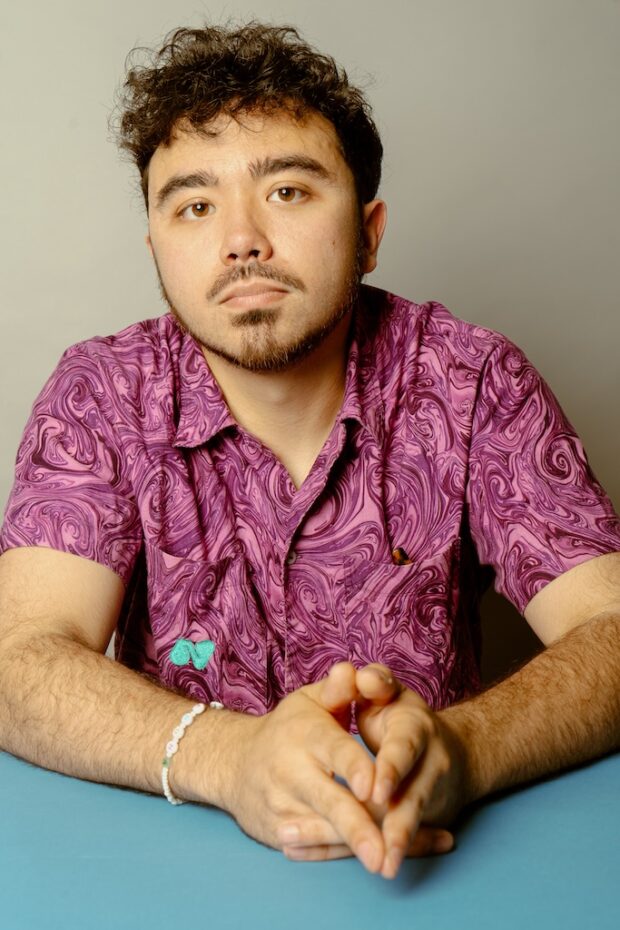
How did the program come to be? Was there a movie that incited it all?
I think it was definitely the shorts. From an outside point of view, I noticed trends like the heavy influence of the post-production process on how the films were moving or formed or arranged; post-production or heavy manipulation of the medium, I guess, in a particular way that I hadn’t seen.
[The first film was] “It’s Raining Frogs Outside,” Maria Estela Paiso’s film, and the fact that she was part of this post-production house, Malas Malas, kind of informed the rest of the curatorial decisions. Then I think I saw “Cleaners.” A lot of the features in the program were released a couple of years before a lot of the shorts. So you’re seeing these influential features that happened a couple of years earlier and the shorts by emerging filmmakers that followed.
After watching Estela’s short, was there a conscious decision to look for these shorts or features? Or were you just encountering these short films?
It grew organically and honestly started with following filmmakers and film workers from the Philippines on Instagram. Someone who made a film I liked might post about another film, and I’d be like, ‘Oh, what is that?’ And then I would go follow that filmmaker and ask to see their film. So, it all extrapolated from connecting with the first few films and filmmakers. I realize this is a very Manila-centric film program, in the sense that most of these filmmakers live in Manila or are attached to the industry and funding bodies in Manila, like QCinema and Cinemalaya.
Did you decide to have a more short film-centric program at first?
The initial program had even more shorts than now. I think it might have been 15 or 16 shorts and six or seven features; I was trying to get as many films on the Criterion Channel as they would let me and I pitched that in early 2022 or late 2021.
I sent that large program, and even then, it had the same title and pretty much the same idea.
I had never cold-pitched a program, so I didn’t really know what that looked like. I made a kind of random pitch deck and sent it to Criterion, to Ashley Clark who’s a curatorial director there. And he was really into it and supportive from the beginning.
How did it end up first screening at the Brooklyn Academy of Music?
So I pitched it to Criterion, and they’re like, yeah we’re really interested, but because it’s not timely with Criterion. Things that have an upcoming anniversary or are competitive for time in some way are definitely going to get priority. So this kept getting pushed down the line for two years.
So I had this additional time and I’ve been [doing] theatrical booking so I decided to start booking it in theaters over the course of those two years. I was watching more films and changing the program, honing it. So I decided to do a theatrical run in the US leading up to the Criterion release as a way of generating some word of mouth around these films.
It took different forms at different cinemas like double features and short feature combos, and sometimes the theater programmers would make their own short blocks or propose their own variations, which was interesting to see. The BAM was most down. A lot of the theaters in the US can’t afford to show independent or smaller films for so long so I was really surprised that BAM wanted to do six days of nearly every film in the program.
What were some of the pairings that surprised you?
Maybe one that shouldn’t have surprised me but did was “It’s Raining Frogs Outside” and “Nervous Translation.” They’re both about a young woman who’s dealing with social anxiety, and there are explicit connections when you watch them back-to-back. And they’re both apocalyptic in a way.
And a lot of these films are very specific; Glenn Barit says he’s always surprised that “Cleaners” translates outside of even the specific region where it’s filmed. I think there’s a similarity in the fact that these films aren’t sacrificing any of the specific local, regional details. They’re not trying to broaden themselves out or be “international.” But they also happen to be very transferable to a US audience. The audiences in New York were very loud [watching] “Cleaners.” People were just laughing like crazy. One audience member stood up and danced during the emo boy tinikling scene.
I also wanted to ask if, in the process of making the program, there were considerations about watching these films on a smaller screen. Like “Octogod,” I think, would be great to watch on the big screen.
Yeah, definitely. I guess EJ Gagui’s film, “Rocks in a Windless Wadi,” that was hard to program within a short block because it deals with the trauma of real individuals. It just felt wrong to place it anywhere in a short block, honestly, and it was quite different in tone maybe than a lot of the shorts. So I didn’t program that one theatrically because I don’t think the other shorts would complement it appropriately. But within Criterion, there’s no linear arrangement of the films laid out for you. I think it’s a lot better to come to that film on your own. I do wish it could be on a big screen because it has beautiful wide-screen imagery. Unfortunately, I haven’t figured out a way to show that one in a shorts block in the theaters.
There were other considerations like, honestly, I didn’t want to deal with Cinema One for more than one film. So I chose just one Cinema One film [“Fisting”]. I just chose Whammy Alcazaren’s, because it was more on the theme of frame aspect ratio conscious and medium conscious films, where “Nervous Translation” still is but in a more subtle way.
You also mentioned that you’re situated as an outsider in programming these films, but what distinct perspective do you think you have in terms of programming these films?
Going into this, I was thinking I needed to connect with my roots. I need to know everything and the program has to be like this perfect representation of the country and the film scene. I think, at a certain point, I learned that this was a road that doesn’t go anywhere, or serve anything.
It was that and more like some of these representation politics that I was kind of indoctrinated with at Dedza, which was all about supporting emerging filmmakers of color. Those chosen ended up being, on the whole, filmmakers of color with a lot of privilege and access to filmmaking resources and money.
So this program was letting go of those identity politics and making it more about this feeling I had for certain films. Maybe what’s unique is also my connection and collaboration with some of the filmmakers who helped me curate it.
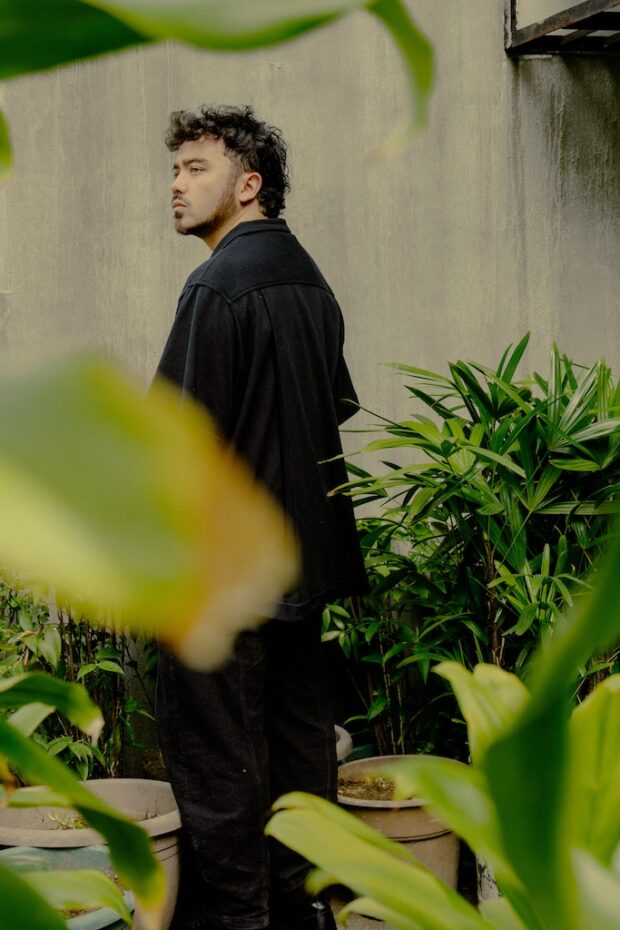
I’m sure, people would have a lot to say about the programming, that they would want more of this… or that it should be a representation of films that would reflect, I guess, what filmmaking is in the Philippines now.
I’m aware that this is centered around like the popular film schools and like the popular independent production apparatuses in the Philippines. That’s what I was most exposed to at the time and where this particular wave of films was coming out of. I do want to find more. I know there’s more out there. I hope this opens up the possibility for more. But I’m not sure. Distribution channels, even at the so-called independent level, are pretty narrow-minded.
When it comes to Filipino cinema, they’re all still hung up on Lino Brocka. These older American people in distribution, who think they are the tastemakers because they have the power to be, are unable to see the appeal of even a filmmaker like Mike De Leon or Ishmael Bernal. It just shows how long it will take them to recognize things and I think that will always be the case. Conventional channels of Western distribution and programming or whatever will always be lagging decades behind the times in terms of what they’re able to show of films beyond the West.
This is something that you’ve observed as a theatrical booker and a curator? The limitations of distribution?
Yeah, I’ve always had a pretty cynical view of distribution. I think it’s actually one of the worst elements of the industry. I think distributors are like landlords. They’re just like collecting rent on this thing that, at a certain point, they’re not putting a lot of work into. Or they dictate how much work they put into it. It’s like they’re collecting fees at a bridge or something. It’s very exploitative.
When you’re working at a small scale like Kani [Releasing], I think you can do good work. They are doing work to track down prints and stuff like that, which a lot of distribution companies are not doing. I’m glad it’s literally just like three people. I think some good work can be done, but it’s difficult.
“I think distributors are like landlords. They’re just like collecting rent on this thing that, at a certain point, they’re not putting a lot of work into. Or they dictate how much work they put into it.”
—Aaron Hunt
As a programmer, you’re pitching these to institutions. Do you think there’s a renewed interest in terms of Philippine movies?
These last few years are when I’ve gotten more involved in programming and distribution, so I haven’t witnessed the past years to really know if it’s more elevated now. I mean, I was surprised MoMA did a big retrospective on Mike De Leon’s films, and I think people are assuming we’ll be able to program more Filipino retrospectives with MoMA. I think it’s cool with something like “Bona,” which has not been restored before, and is just a lot more presentable now. Hopefully. I don’t know. I’m a little cynical that we’re in the same pattern we’ve always been but yeah, there does seem to be a lot of interest in Philippine cinema right now from an international audience.
I know that the films in the program focus on how the post-production is done. But was there a certain issue that you wanted to put forward in selecting the films?
There is a throughline in the films, of frustration or longing, about the circumstances that either the character or the filmmakers have been dealt, whether that’s a political reality or something more insular and relational. “Bold Eagle” is pretty political, yeah. Some of them are more explicitly tackling realities under Marcos or Duterte [administrations].
It’s almost like these films are stretching the medium to either look at these circumstances that they kind of long to get away from at different angles and you can see different elements about the conditions that they’re living through, in the kind of oddball ways that they focus on them. I feel that there’s a lot of longing for this all to be over so life can begin.
What do you want the viewers to take away after watching the films?
I don’t want to impose anything but I guess for me it was just the excitement of seeing those first few shorts. It was like, ‘Wow I’ve never seen anything like that short’ and it kept happening. And maybe the breadth of filmmaking innovation that’s happening in this small sphere of the Philippine film industry that it focuses on.
It’s just cool to see something new and that’s not just exceptional or individual. It seems like there are generations of filmmakers doing this—realizing there’s such a scale to this new creativity.

